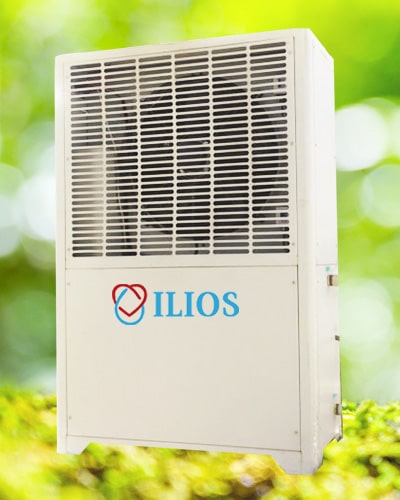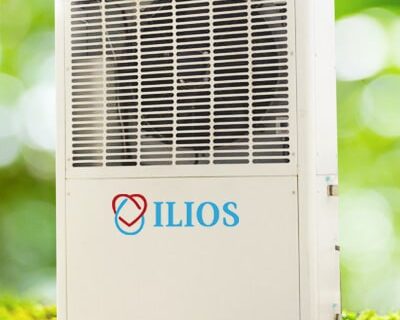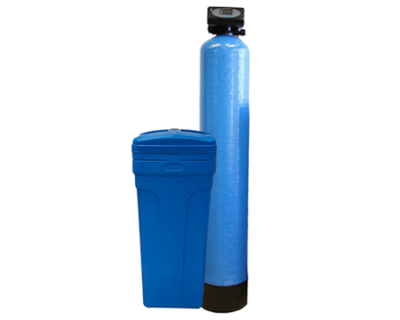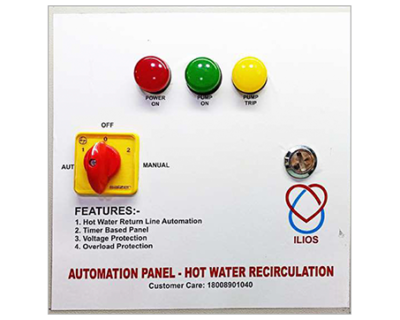
The Ultimate Guide to Heat Pump Installation by Its Benefits, Process, and Tips
Energy efficiency and environmentally friendly solutions are in the spotlight of modern living. Among the many solutions are the heat pumps that are widely used in heating and cooling homes. When planning to enhance the energy efficiency of your home, learning how a heat pump installation is installed can be very useful. Below is everything you would need to know about a heat pump, including the benefits of installing one and its installation steps, among others.
What is a Heat Pump?
A heat pump is actually a versatile device that transfers heat from one location to another. In the winter it extracts heat from the outside air (even in cold weather) and brings it into your house. In the summer, it is an air conditioner, transferring the heat out of your house.
Why install Heat Pumps?
Energy Efficiency
They consume much lesser amounts of energy consumption and utility bills as they do not produce heat, but rather transfer it.
Eco-Friendly
The greenhouse effect is minimal since the heat pump employs electricity rather than fossil fuel. This makes them perfect for the environment-conscious homeowner.
Versatility
Heat pumps offer both heating and cooling in one unit and get rid of the hassle of separate systems like furnaces and air conditioners.
Comfort and Consistency
Heat pumps maintain a stable temperature, providing comfort throughout the year without wide shifts in temperature.
Types of Heat Pumps
Understand the types of heat pumps before installing.
Ground-Source (Geothermal) Heat Pumps: These rely on heat from the ground and are considered long-term energy efficient.
Water-Source Heat Pumps: For homes that are close to bodies of water, these systems can be installed as their heat source.
Preparation for Heat Pump Installation
Preparation is the key to ensure that installation goes smoothly and the system performs at its best.
Assess Your Home’s Needs
Size, insulation, and climate of your house are factors to consider in the installation. These influence the size and type of heat pump you will use.
Consult a Professional
You cannot install a heat pump yourself. Professionals can determine the best system for you, ensuring proper installation.
Budget Planning
This will be based on the pump and labor, as well as special features. This enables you to budget and fewer surprises.
Permits and Approvals
Installation may require a permit depending on where you live, in terms of heating and cooling. Check the permits around you so you wouldn’t waste more time.
Heat Pump Installation Process
Step 1: Site Inspection and Preparation
A professional will inspect your home and pinpoint where the indoor and outdoor units should be placed. They should be accessible, ventilated, and free of obstructions.
- Installation of the Outdoor Unit
The outdoor unit is usually mounted on a levelled stable surface, which could be a concrete pad. Levelled and cleared are some of the conditions to be met to ensure that air has enough flow, which would minimize noise.
- Installation of the Indoor Unit
The indoor unit is mounted in the wall, ceiling, or floor according to the design. The installer will ensure that the unit is mounted and positioned to distribute air correctly.
- Refrigerant Lines
Refrigerant lines are installed to connect the indoor and outdoor units. These lines are also insulated to maintain energy efficiency and prevent heat loss.
- Electrical Wiring
In some instances, a dedicated circuit is required to ensure safe operation of the unit.
Maintenance of Your Heat Pump
Once your heat pump is installed, regular maintenance is key to keeping it working properly:
Clean or Change Filters: Dirty filters have reduced efficiency and reduce the quality of air in it. Clean or change every 1-3 months
Clean Outdoor Unit: Leaves and dirt may fall off and surround the outside unit, blocking the passage of air.
Refrigerant Level: Performance could be compromised if the refrigerant level is low. Get it checked by a professional every year.
Listen for Unusual Noises: If it produces unusual noises, it might be an indication of problems such as loose parts or motor issues. It should be addressed immediately.
Benefits of Professional Heat Pump Installation
Professional installation seems costly; however, it has the benefits of:
Proper size and location for maximum efficiency.
Safe and accurate connections to the electrical system.
Compliancy with local regulations and codes.
Warranty of protection for your system.
Difficulties Experienced When Installing a Heat Pump
- Improper Sizing
A heat pump that is too big or too small in size may cause a malfunctioning system and frequent break-downs.
- Poor Insulation
Poor insulation may make the heat pump work harder and less efficiently. Insulate before installation.
- Poor Location
Installing the unit too near walls, vegetation, and other obstructions may limit air flow and impact performance.
Tips on Choosing the Right Heat Pump
Energy Efficiency Ratings: Find systems with high SEER (Seasonal Energy Efficiency Ratio) and HSPF (Heating Seasonal Performance Factor).
Good Manufactures: Choose heat pumps from good manufacturers with reviews.
Warranty Coverage: This is a system with a complete warranty that will give you peace of mind.
Professional Guidance: Get professional guidance for making your home suitable to pair with the correct heat pump.
Conclusion
Installing a heat pump is just one of the ways toward constructing an eco-friendly and energy-efficient house. After learning about the process, advantages, and necessity for maintenance, you are pretty ready to take the appropriate decision for comfortably staying within your home all year through.
If you are ready to upgrade your heating and cooling system, then find an expert installer to talk about options and start this journey into the future, sustainable.




